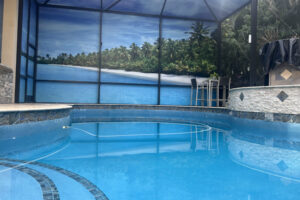Importance of Proper Technique and Equipment for Successful Pool Vacuuming
Proper technique and equipment are essential for successful pool vacuuming, ensuring a clean and well-maintained swimming pool. One common mistake pool owners make is incorrect vacuuming methods, such as moving too quickly or not overlapping each pass. Slow, deliberate movements with the vacuum head allow for thorough cleaning and better removal of debris. If you are unsure or unable to do this correctly, it may be beneficial to hire a professional pool vacuuming service.
Additionally, using a pool brush before vacuuming helps loosen any dirt or algae clinging to the pool surfaces, making it easier for the vacuum to pick up. Choosing the right equipment, including a high-quality vacuum head and brush suitable for your pool type, also contributes to effective pool cleaning. You’ll achieve optimal results when vacuuming your pool using the proper techniques and tools.
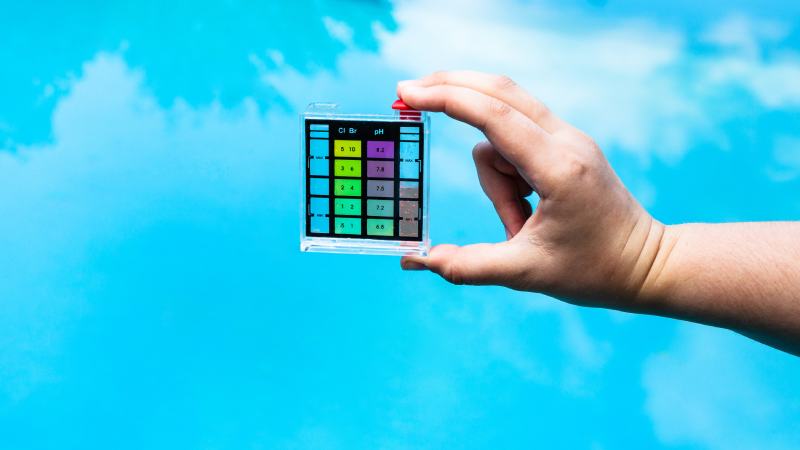
Understanding the Impact of Chemical Levels on Pool Maintenance
Maintaining proper chemical levels in your pool is crucial for effective pool maintenance. Chemicals such as chlorine, pH adjusters, alkalinity balancers, and sanitizers work together to keep your pool water balanced and safe for swimming. Failure to maintain the correct chemical levels can result in issues like cloudy water, algae growth, or even skin and eye irritations.
Regularly testing your pool water using test strips and adjusting the chemical levels is a fundamental step in pool maintenance. Understanding the ideal range for each chemical parameter, measured in parts per million (ppm), helps you achieve a healthy balance. By keeping chemical levels in check, you’ll ensure clear, inviting water that is comfortable and safe for swimmers.
Proper Use of Pool Vacuum and Brush for Thorough Cleaning
To achieve a thorough cleaning, it is essential to understand the proper use of your pool vacuum and brush. When using a pool vacuum, connect it correctly to the telescopic pole and attach the vacuum hose securely. Submerge the vacuum head into the water, allowing the hose to fill with water to remove any air. Connect the hose to the skimmer or dedicated vacuum line, ensuring a tight seal.
Move the vacuum head slowly across the pool, overlapping each stroke to cover the entire surface. Pay extra attention to areas with debris or algae growth, moving back and forth to ensure thorough cleaning. Additionally, use a pool brush to scrub the walls, steps, and other surfaces before vacuuming to loosen any stubborn dirt or algae. This combination of vacuuming and brushing ensures a comprehensive cleaning routine for your pool.
Maintaining and Backwashing Your Pool Filter: A Crucial Step
Proper maintenance and regular backwashing of your pool filter are vital for adequate care. The filter significantly removes impurities, dirt, and debris from the water, keeping it clean and clear. Over time, the filter media can become clogged and less efficient over time, reducing its ability to trap contaminants. Regular cleaning or replacement of the filter media, as the manufacturer recommends, is essential to maintain optimal filtration. Backwashing, a process that reverses the water flow through the filter, is necessary to remove trapped debris and prevent pressure buildup.
Following the manufacturer’s instructions on how often to backwash your specific filter type is essential. By prioritizing the maintenance and backwashing of your pool filter, you ensure proper water circulation and filtration, contributing to a well-maintained pool environment.

Addressing Hard-to-Reach Areas: Overcoming Common Challenges
Reaching Corners and Tight Spaces: Tips and Tricks
When addressing hard-to-reach areas in your pool, consider using pool cleaning services or tools specifically designed for these challenging areas. For corners, using a pool brush with angled bristles allows you to reach deep into the corners and scrub away any dirt or algae buildup. Another helpful technique is using a handheld vacuum or a small manual vacuum head specifically designed for hubs. These specialized tools are designed to maneuver easily into tight spaces and effectively clean those hard-to-reach areas.
Additionally, consider using pool cleaning attachments with swivel capabilities, as they provide greater flexibility and allow you to navigate around obstacles. By employing these tips and tricks, you can ensure that even the most challenging corners and tight spaces of your pool receive proper cleaning and maintenance.
Dealing with Steps, Ladders, and Pool Features
Steps, ladders, and pool features pose unique challenges regarding pool maintenance. For stubborn stains and grime, consider hiring a professional pool stain removal service. These areas often accumulate debris, algae, and dirt, requiring special attention for effective cleaning. When cleaning steps, use a pool brush with nylon bristles to scrub away any grime or algae growth. For ladders, remove them from the pool and wash them separately using a mild detergent and a soft brush. Rinse thoroughly and ensure they are completely dry before reinstalling.
Pool features like waterfalls, fountains, or decorative elements may have intricate surfaces that require careful cleaning. Use a soft brush or a cloth to gently clean these areas, taking care not to damage the delicate features. By addressing steps, ladders, and pool features with respect and using appropriate cleaning techniques, you can maintain their appearance and keep them in optimal condition as part of your overall pool maintenance routine.
The Importance of Regular Equipment Maintenance in Pool Vacuuming
Proper maintenance of your pool vacuuming equipment is crucial to ensure its effectiveness and longevity. Regular maintenance helps prevent breakdowns and ensures that your equipment performs optimally. One essential aspect of equipment maintenance is checking and cleaning vacuum hoses and attachments. Inspect the hoses for cracks, leaks, or clogs, and replace or repair them as needed. Clean the vacuum head and brush regularly to remove debris and algae, ensuring they remain in good working condition.
Another critical component is the pool pump and filter. Regularly inspect and maintain these components, including cleaning or replacing the filter media, lubricating moving parts, and checking for any signs of damage or wear. By prioritizing the regular maintenance of your pool vacuuming equipment, you can prolong its lifespan and maximize its performance, ultimately contributing to effective care.
Checking and Cleaning Vacuum Hoses and Attachments
Regularly checking and cleaning your pool vacuum hoses and attachments is essential for maintaining their effectiveness and preventing any issues during pool cleaning. Start by inspecting the hoses for cracks, leaks, or any signs of wear. Replace any damaged hoses promptly to avoid loss of suction or water leakage. It’s also important to check the attachment connections for tightness to ensure a secure fit. Cleaning the vacuum hoses and attachments is equally important.
Debris, algae, and dirt can accumulate inside the hoses or on the brush bristles, hindering their performance. Use a hose brush or a water jet to remove any obstructions or buildup within the hoses. For attachments like vacuum heads and brushes, rinse them with clean water after each use and periodically soak them in a mild cleaning solution to remove stubborn dirt or algae. Regularly check and clean your vacuum hoses and attachments, maintain their functionality, and optimize your pool cleaning efforts.
Inspecting and Maintaining Pool Pump and Filter
The pool pump and filter are vital in keeping your pool water clean and clear. Regular inspection and maintenance of these components are necessary for their proper functioning. Start by checking the pump for any signs of damage, such as leaks or unusual noises. Ensure that the pump basket is clean and free from debris. If necessary, remove any debris or obstructions to maintain proper water flow. Inspect the filter for any cracks, tears, or signs of wear. Clean or replace the filter media as the manufacturer recommends to ensure optimal filtration. Lubricate moving parts, such as o-rings or gaskets, to prevent friction and ensure smooth operation.
Regularly monitor the pressure gauge on the filter and backwash when necessary to maintain proper water circulation. Inspecting and maintaining your pool pump and filter enhance their performance, extend their lifespan, and contribute to effective maintenance.
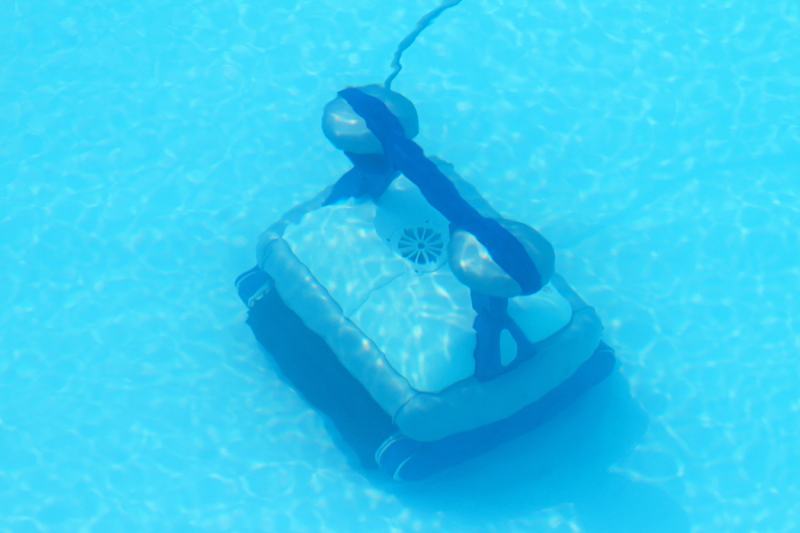
Common Mistakes to Avoid When Using Automatic Pool Cleaners
Automatic pool cleaners can be a convenient and time-saving option for pool owners, but it’s essential to be aware of common mistakes to avoid optimal results. One common mistake is needing to understand the limitations of automatic pool cleaners. These cleaners may struggle with certain debris types or pool surfaces, such as large leaves or steps with irregular shapes. It’s essential to manually remove larger debris before using the automatic cleaner to prevent clogging and ensure efficient operation. Another mistake is relying solely on robotic cleaners without supplementing with manual vacuuming.
While automatic cleaners are designed to handle regular maintenance, manual vacuuming is still necessary to address hard-to-reach areas and thoroughly clean the pool. Using robotic pool cleaners wisely and understanding their limitations can maximize their effectiveness as part of your pool maintenance routine.
Understanding the Limitations of Automatic Pool Cleaners
While automatic pool cleaners offer convenience and efficiency, it’s essential to understand their limitations. For stubborn dirt or algae, consider a professional pool acid wash to ensure a thorough clean. Automatic cleaners, such as robotic or suction-side cleaners, may struggle with certain types of debris, such as large leaves or acorns. These oversized debris items can clog the cleaner or hinder its movement, affecting its effectiveness. It’s recommended to manually remove such debris before running the automatic cleaner to prevent these issues. Additionally, some robotic cleaners may face challenges when cleaning certain pool features, such as stairs, ladders, or intricate designs.
These areas may require manual cleaning or specialized attachments to ensure thorough maintenance. You can achieve cleaner and healthier pool water by being aware of these limitations and adapting your pool maintenance routine accordingly.
Supplementing Automatic Cleaners with Manual Vacuuming
While automatic pool cleaners are designed to streamline pool maintenance, they must be supplemented with manual vacuuming. Robotic cleaners may only sometimes reach every nook and cranny or effectively clean hard-to-reach areas of the pool. You ensure a more thorough cleaning by manually vacuuming these spots, such as corners, steps, and tight spaces. Manual vacuuming also gives you greater control over the cleaning process, enabling you to address specific areas of concern.
To achieve a comprehensive clean, it’s recommended to perform manual vacuuming at regular intervals, even if you have an automatic cleaner. Combining the convenience of robotic cleaners with the precision of manual vacuuming, you’ll maintain a consistently clean and inviting pool.

Monitoring Pool Water: Test Strips and Maintaining Proper Levels
Monitoring your pool water is crucial for maintaining its quality and ensuring a safe swimming environment. Test strips are valuable for measuring various chemical levels in your pool. Understanding how to use test strips correctly is essential to obtain accurate results. Start by dipping a test strip into the water at elbow depth, holding it steady for a few seconds. Remove the strip and compare the test pads’ color changes to the chart provided. This will indicate the chlorine levels, pH, alkalinity, and other essential parameters.
Proper chemical levels, measured in parts per million (ppm), are vital for water balance and sanitization. Regularly test and adjust the chlorine and pH levels to ensure they fall within the recommended range. Additionally, monitor alkalinity and calcium hardness to prevent corrosion or scale buildup. Using test strips correctly and maintaining chemical levels promote healthy and balanced pool water.
Using Test Strips: How to Test Your Pool Water Correctly
Using test strips correctly is crucial for obtaining accurate readings of your pool water’s chemical levels. Start by collecting a water sample from elbow depth using a clean container. Open the test strip packaging just before testing to minimize exposure to moisture and air. Dip the test strip into the water, holding it steady for a few seconds to allow the pads to absorb the water.
Gently remove the strip and shake off any excess water. Compare the color changes on the test pads to the provided chart. Match the colors as closely as possible to determine the chemical levels in your pool water, such as chlorine, pH, alkalinity, and others. It’s essential to follow the instructions provided with the test strips and use them at regular intervals to maintain a safe swimming environment, it’s crucial to perform regular water chemistry tests. You might also consider a professional pool water chemistry balancing service for more accurate results and tailored recommendations.
Understanding Ideal Chemical Levels: Parts Per Million (ppm)
Understanding the ideal chemical levels, measured in parts per million (ppm), is crucial for maintaining balanced and healthy pool water. The following are general guidelines for optimal chemical levels:
Chlorine: Aim for a 1-3 ppm range to ensure effective sanitization and prevent algae growth.
pH: Maintain a pH level between 7.4 and 7.6 for flat water that is comfortable for swimmers and helps chlorine work efficiently.
Alkalinity: Keep alkalinity levels between 80 and 120 ppm to stabilize pH and prevent rapid fluctuations.
Calcium Hardness: Aim for a range of 200 to 400 ppm to prevent scaling or corrosion.
It’s important to note that these ranges may vary depending on factors such as pool type, location, and specific manufacturer recommendations.
Regularly test and adjust chemical levels to maintain a healthy and balanced swimming environment. Consider consulting a pool professional or using specialized testing equipment for more accurate measurements and tailored recommendations based on your pool’s unique requirements.
To prevent scaling or corrosion, consider a professional pool phosphate treatment.
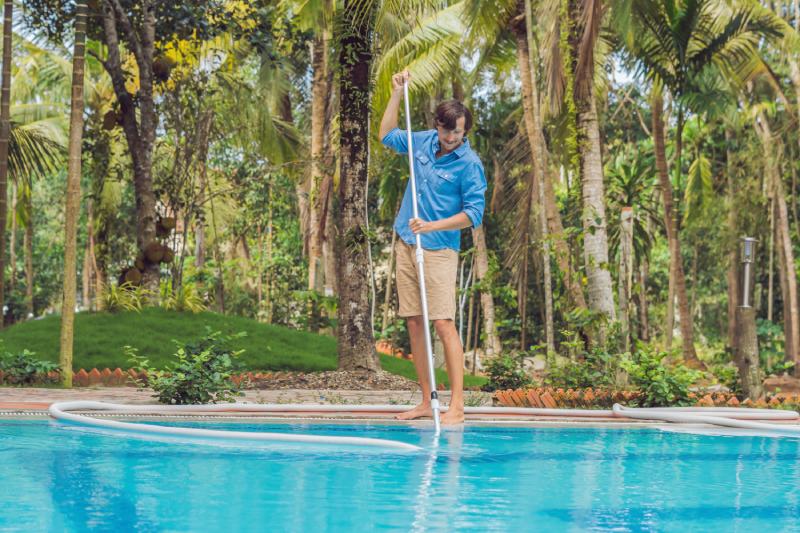
Seeking Professional Help: When to Consult a Pool Maintenance Expert
While pool owners can handle regular pool maintenance, there are instances where consulting a pool maintenance expert is beneficial. For newly plastered pools, a new plaster 30-Day curing process can be a lifesaver. When it comes to pool vacuuming and effective pool maintenance, choosing the right service provider is crucial. Finn’s Pool Services offers a comprehensive range of benefits, making them the ideal choice for pool owners. By choosing Finn’s Pool Services, you can have peace of mind knowing that your pool is in capable hands, and you’ll enjoy a clean, well-maintained pool all year round. Here are a few situations where seeking professional help is recommended:
Common Pool Cleaning Mistakes to Avoid as a Pool Owner
As a pool owner, it’s essential to be aware of shared pool cleaning mistakes to avoid effective maintenance. When it comes to serious staining, a pool acid bath might be necessary to restore your pool’s cleanliness and beauty. One common mistake is paying attention to regular cleaning and maintenance. Proper pool care requires routine cleaning, such as skimming the water’s surface, brushing the pool walls and floor, and vacuuming debris. Please perform these tasks regularly to avoid water quality issues and the accumulation of dirt and algae.
Another mistake is improper chemical balance. Over or under-dosing the pool with chemicals can result in inadequate sanitation, skin, and eye irritations, or equipment damage. Testing and balancing the pool water regularly is crucial to maintain optimal chemical levels.
Additionally, neglecting filter maintenance, such as cleaning or backwashing, can compromise filtration efficiency and lead to poor water quality. Lastly, ignoring signs of equipment malfunction or damage can escalate problems and result in costly repairs. It’s crucial to address equipment issues promptly or seek professional assistance. By avoiding these common pool cleaning mistakes, you’ll ensure a clean and healthy swimming environment.
When it comes to pool vacuuming and effective pool maintenance, it’s important to avoid common mistakes. YourSwimLog.com provides valuable information on common pool vacuuming mistakes to avoid. By understanding and avoiding these mistakes, you can ensure successful pool maintenance and a clean swimming environment.
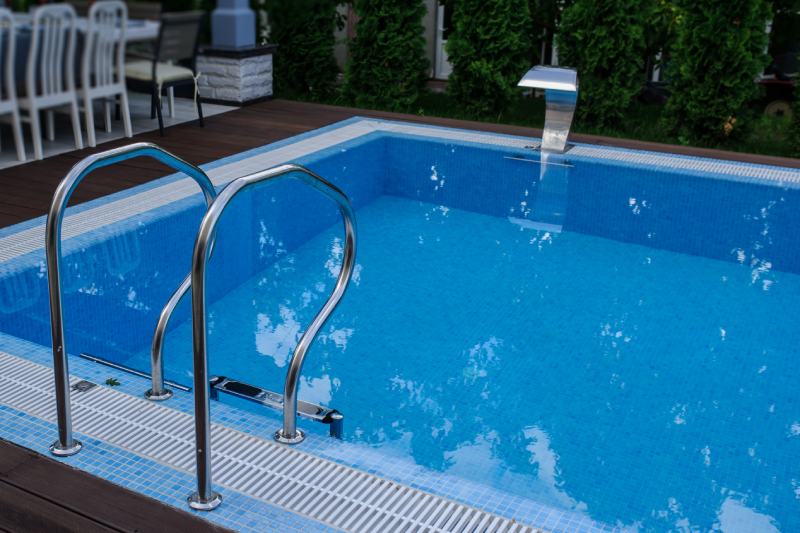
The Benefits of Regular Pool Maintenance from a Pool Supply Store
Regular pool maintenance, including using quality pool maintenance products from a reputable pool supply store, offers several benefits. Firstly, pool supply stores offer a wide range of reliable and effective cleaning chemicals, equipment, and accessories designed for pool maintenance.
By using these products, you can achieve better cleaning results and prolong the lifespan of your pool equipment. Secondly, pool supply store professionals can provide expert advice on pool maintenance, water chemistry, and troubleshooting. They can recommend the most suitable products for your specific needs and guide you in maintaining proper chemical balance.
Additionally, pool supply stores often offer water testing services, allowing you to obtain accurate and detailed pool water analysis. This information is crucial for making informed adjustments and ensuring a safe swimming environment.
Lastly, establishing a relationship with a pool supply store can provide ongoing support and assistance, as they can keep you informed about new products, offer maintenance tips, and address any concerns you may have. Regular pool maintenance with the help of a reliable pool supply store ensures that your pool remains clean, clear, and enjoyable throughout the swimming season.
